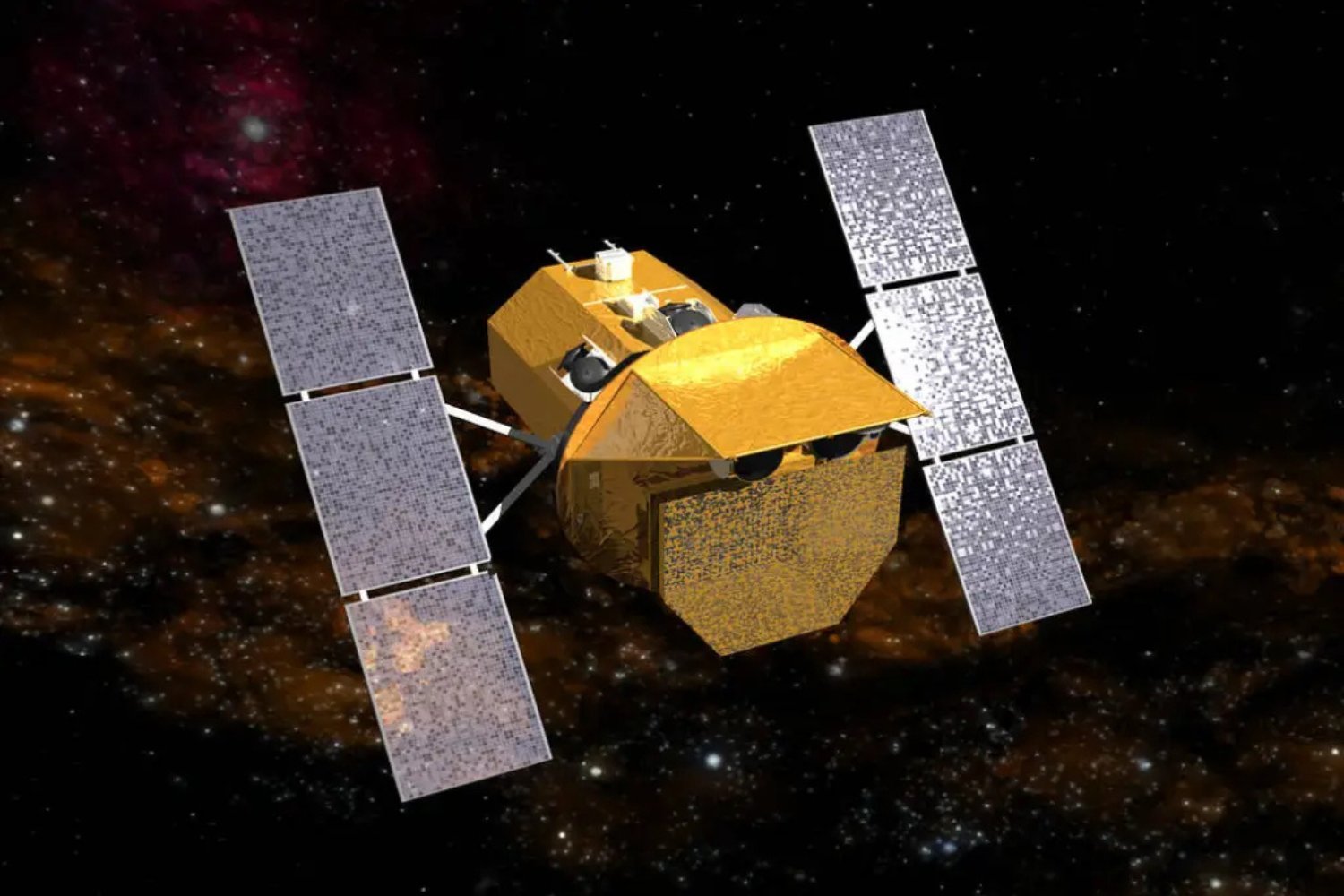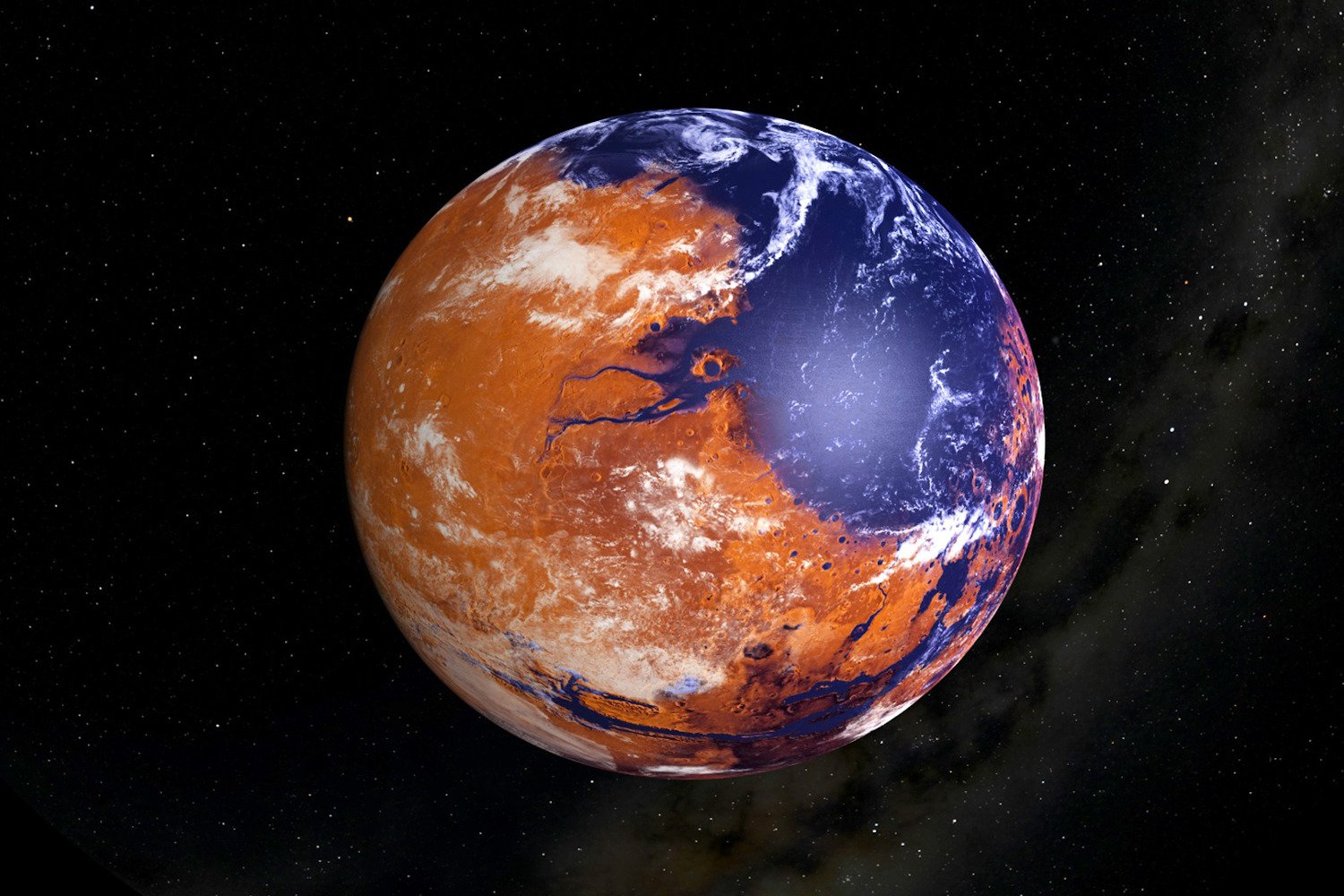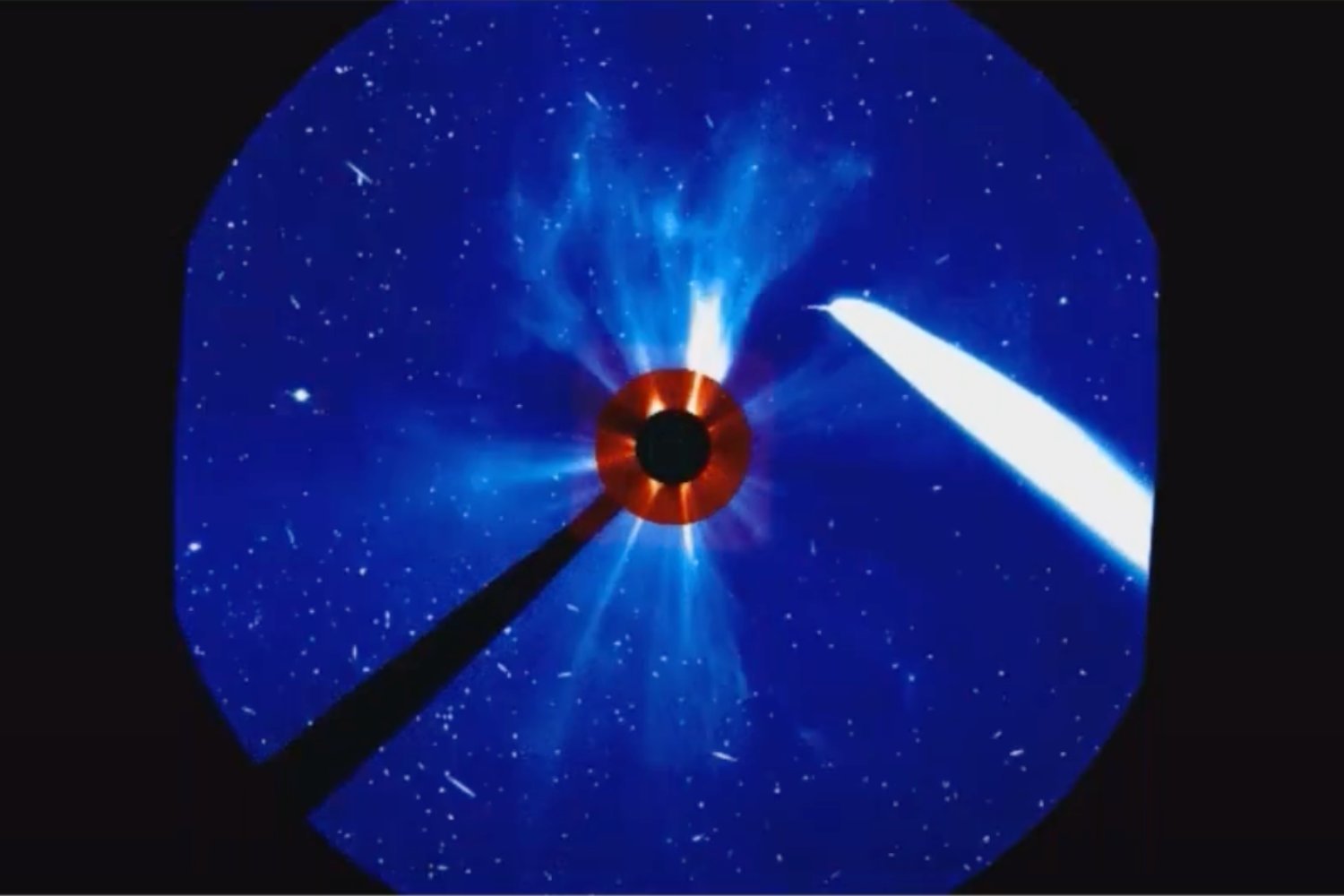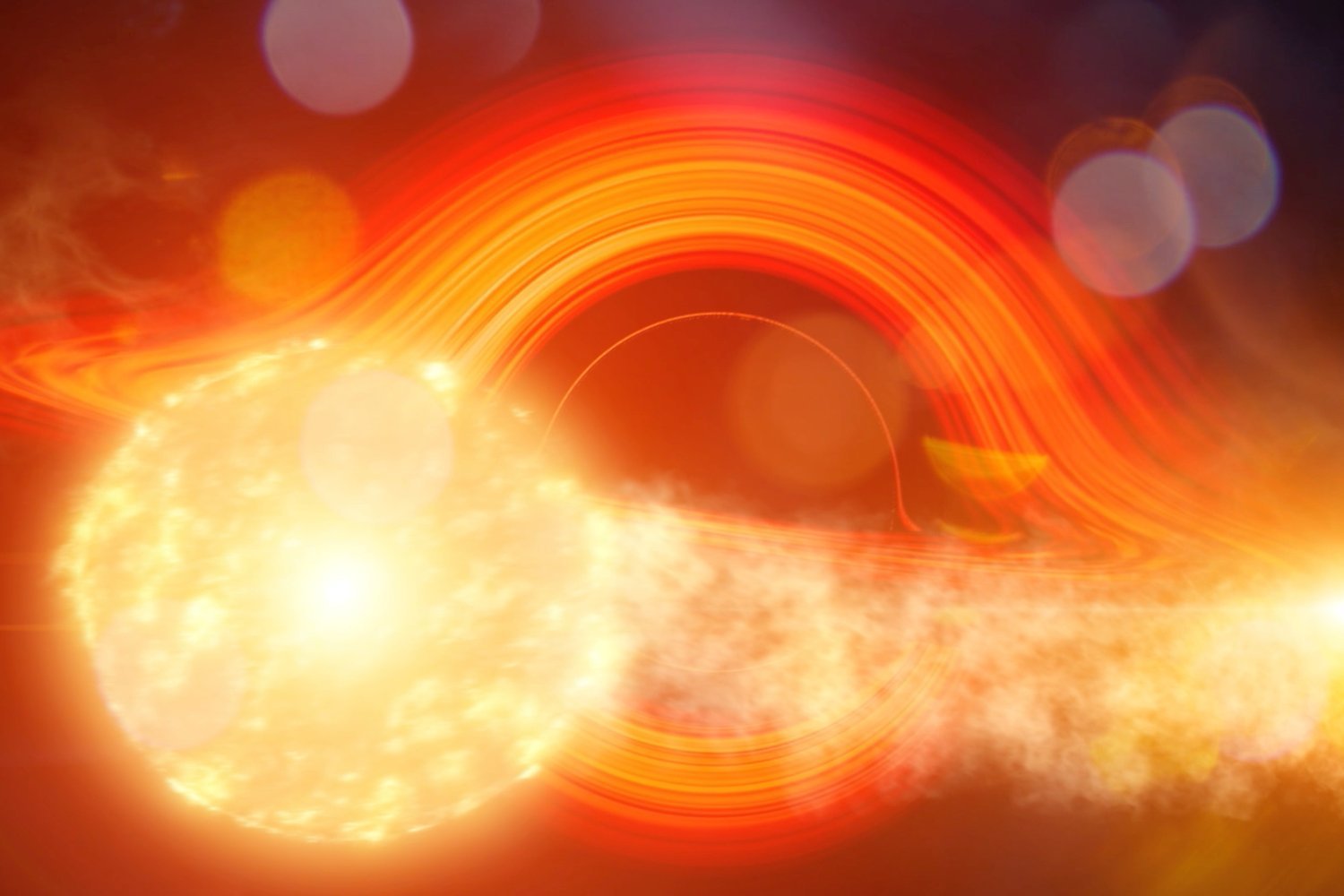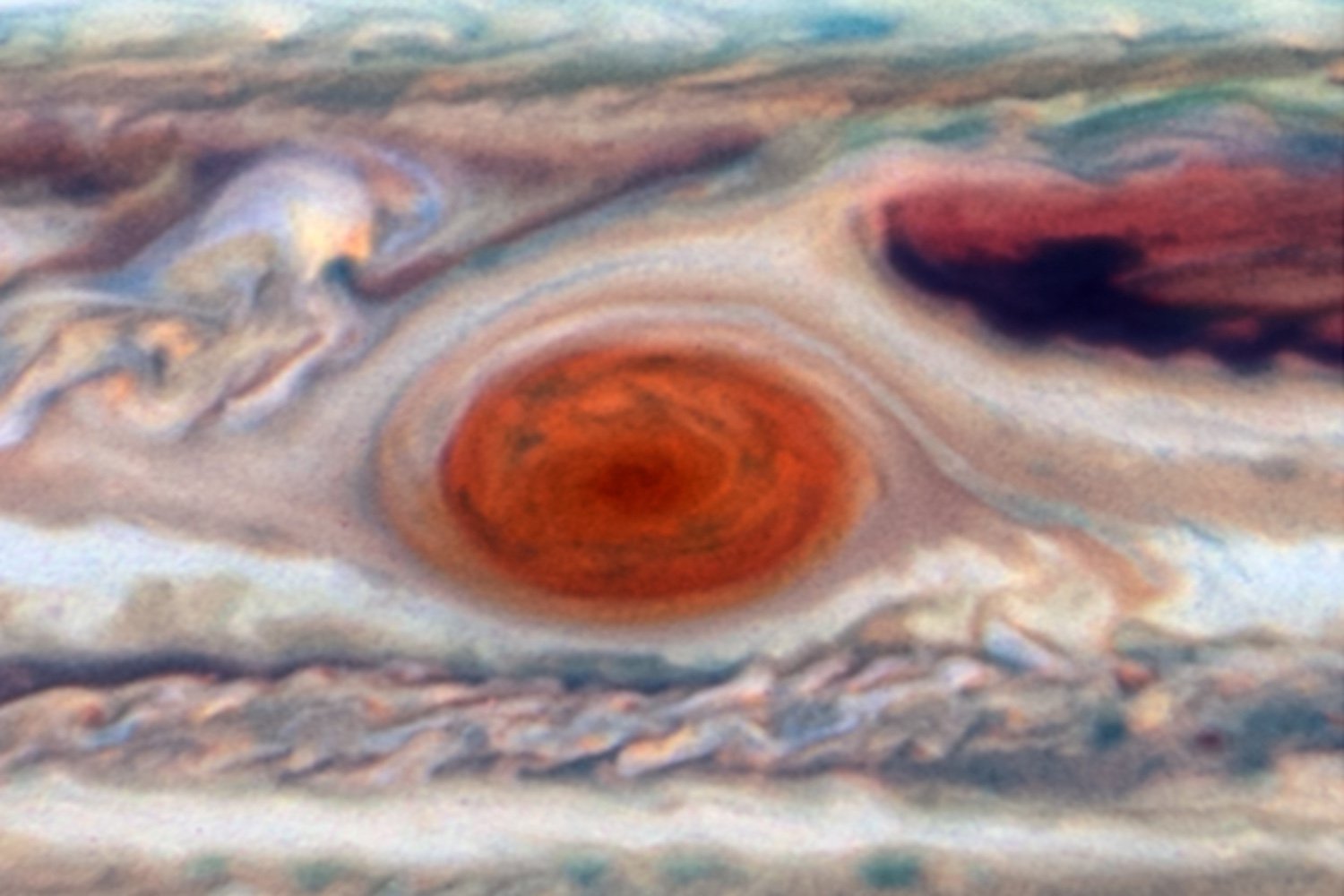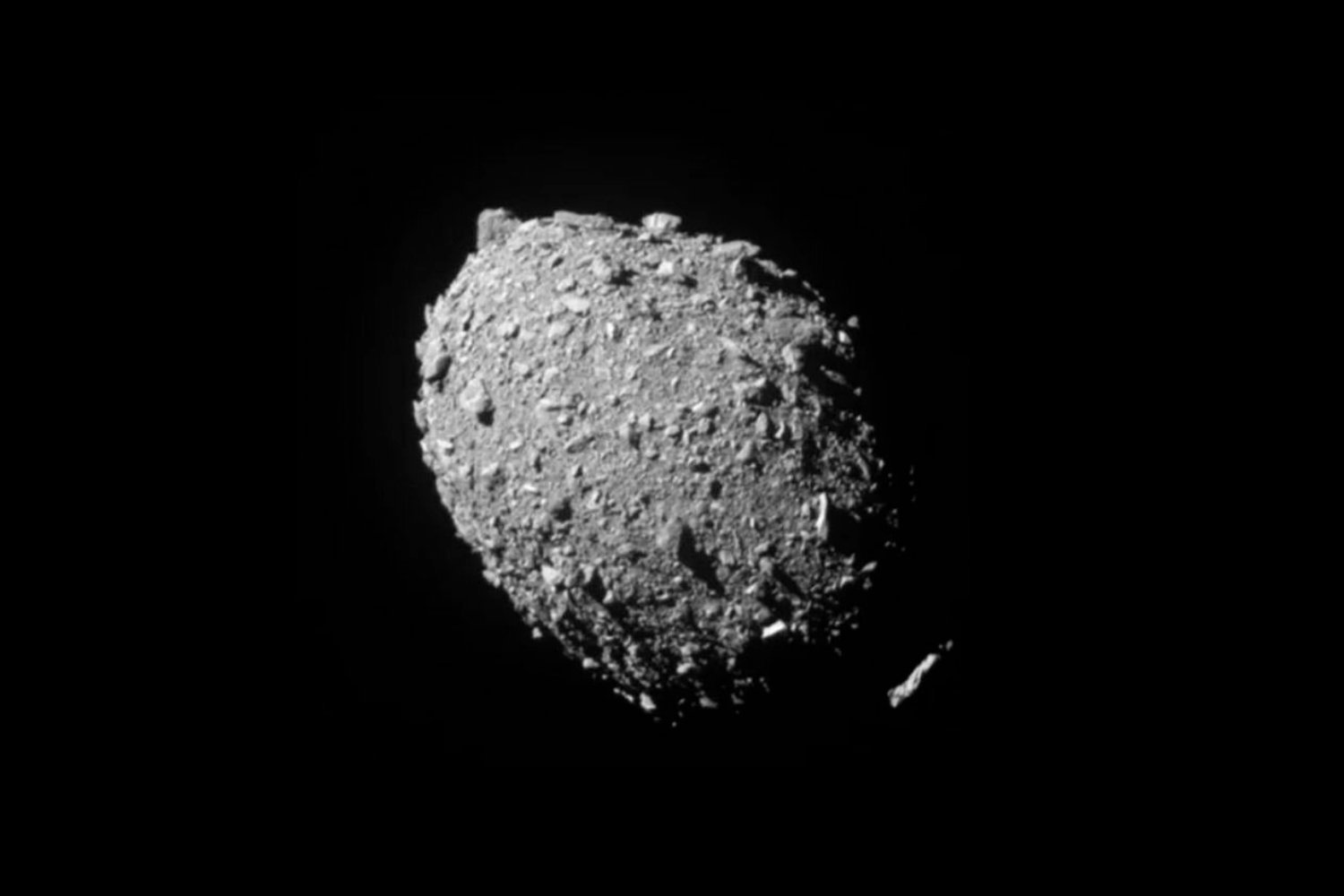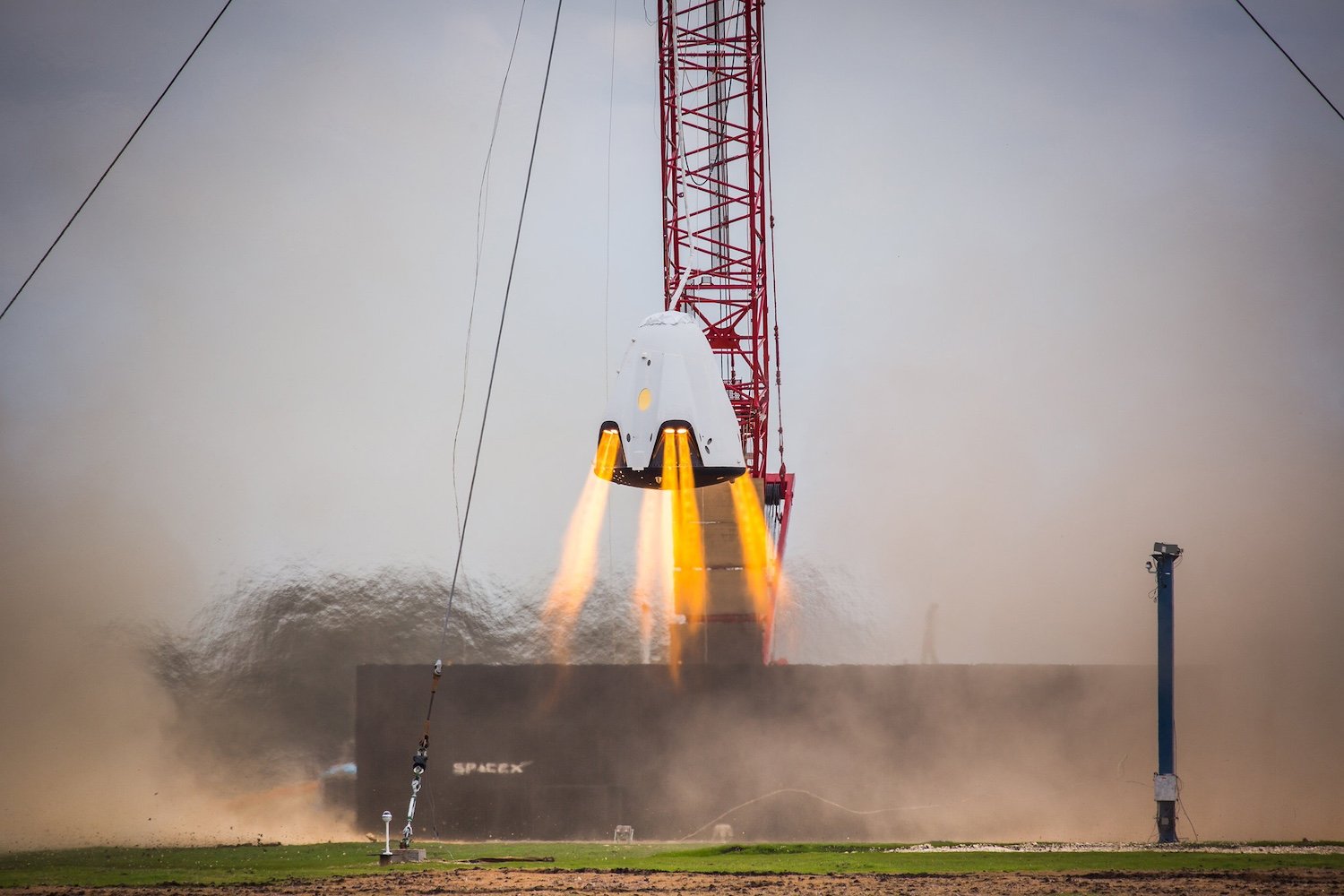NASA’s Explorers Program, renowned for its history of transforming innovative ideas into impactful space missions, has recently selected two compelling astrophysics mission concepts for further development. These concepts, chosen from a pool of proposals, stand a chance to become fully realized spacecraft, pushing the boundaries of our understanding of the universe. The Explorers Program, NASA’s longest-running program, has a remarkable track record, with 90 missions launched to date, some even leading to Nobel Prizes for involved scientists.
The two selected concepts, the Advanced X-ray Imaging Satellite (AXIS) and the Probe far-Infrared Mission for Astrophysics (PIMA), address key questions in astrophysics and hold the potential for groundbreaking discoveries. Both teams will receive $5 million in funding to refine their mission concepts over the next year. In 2026, NASA will select one of these concepts to become a full-fledged mission, with a target launch date of 2032.
AXIS, an advanced X-ray observatory, aims to investigate the origins of supermassive black holes, the enigmatic powerhouses at the centers of galaxies. These celestial behemoths, with their immense gravity, play a crucial role in the evolution of galaxies and the generation of gravitational waves – ripples in the fabric of spacetime. AXIS would build upon the legacy of previous X-ray observatories like Chandra and Swift, providing deeper insights into the high-energy universe.
PIMA, a far-infrared telescope with a 5.9-foot (1.8-meter) aperture, would explore the universe at longer wavelengths, complementing the observations of the James Webb Space Telescope and various radio telescopes. PIMA would delve into the role of black holes in cosmic evolution, as well as the formation and growth of planets and stars. Its observations would shed light on the cool, dusty regions of space where these processes unfold.
These two mission concepts represent a significant step forward in our quest to understand the cosmos. They offer not only the potential for scientific breakthroughs but also the opportunity for the broader scientific community to utilize the resulting observatories, fostering collaboration and advancing our collective knowledge.
Beyond the Explorers Program, NASA fosters innovation through other avenues like the Discovery program and the Innovative Advanced Concepts (NIAC) program. NIAC, known for its forward-thinking approach, has supported projects such as the Ingenuity Mars helicopter and continues to explore ambitious concepts, including interstellar travel to Proxima Centauri. Even mission concepts that don’t get selected provide valuable insights and inspire future endeavors. While some ideas may not be feasible with current technology, they contribute to the ongoing pursuit of scientific discovery.



